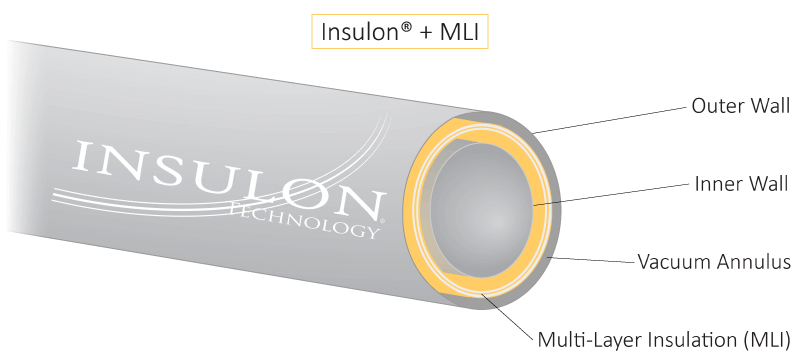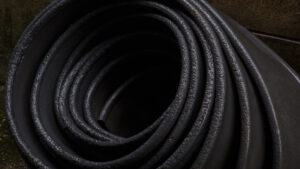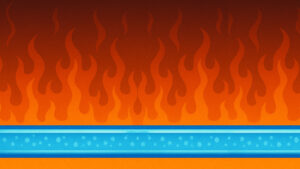Thermal radiation can easily penetrate most types of insulation materials, even those designed for high temperatures. Vacuum insulation drastically reduces convective and conductive heat transfer, but radiation can still get through. For super insulation performance, reducing radiation heat transfer is key.
Multi-layer insulation (MLI) reduces radiation by reflecting radiation back towards the source. Combining MLI with vacuum insulation creates vacuum super insulation, which reduces heat transfer due to convection, conduction, and radiation. Concept Group engineers have developed a proprietary form of MLI that, when combined with Insulon® Technology, may be used in thermal environments ranging from -270 to 815+ degrees Celsius (-454°F to 1832°F).
To create vacuum super insulation, MLI is installed inside the vacuum annulus. The vacuum annulus is the space in between the inner and exterior walls of the vacuum insulated tube, pipe, can, cone, or other structure. Installing the materials within the walls is critical because MLI performs better in high vacuum environments. If the MLI were installed outside of the vacuum annulus, it would not work properly — at least not here on earth! It can be used on its own in outer space applications.
MLI performs better in high vacuum environments.
– Meyer Tool & Manufacturing
What is multi-layer insulation?
You have probably seen images of spacecraft and satellites soaring through outer space while wrapped in silver or gold foil. This super shiny, highly reflective foil is called multi-layer insulation (MLI).
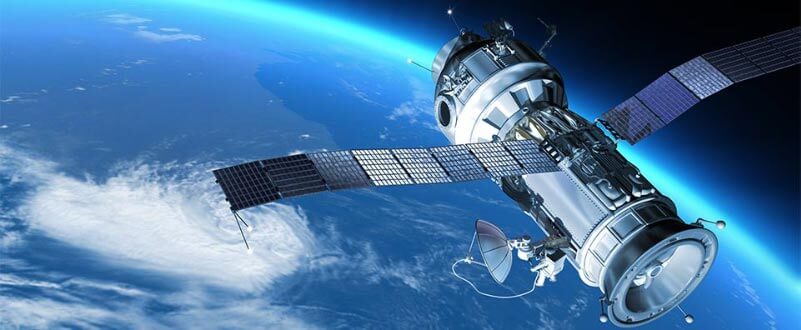
Multi-layer insulation is composed of multiple layers of thin, reflective material. While very effective at reflecting radiation, these layers often include materials with high thermal conductivity. Due to the presence of conductive materials, it is most effective in high vacuum environments. It is an ideal insulator in outer space, where radiation is abundant and convection and conduction are virtually nonexistent.
How does multi-layer insulation work?
MLI reduces radiation heat transfer by reflecting radiant energy back towards the source. The more layers of MLI are included in the system, the more radiation will be reduced. Insulon® vacuum super insulation uses proprietary, high-density MLI that can pack up to 18 layers per inch (7 layers per centimeter).
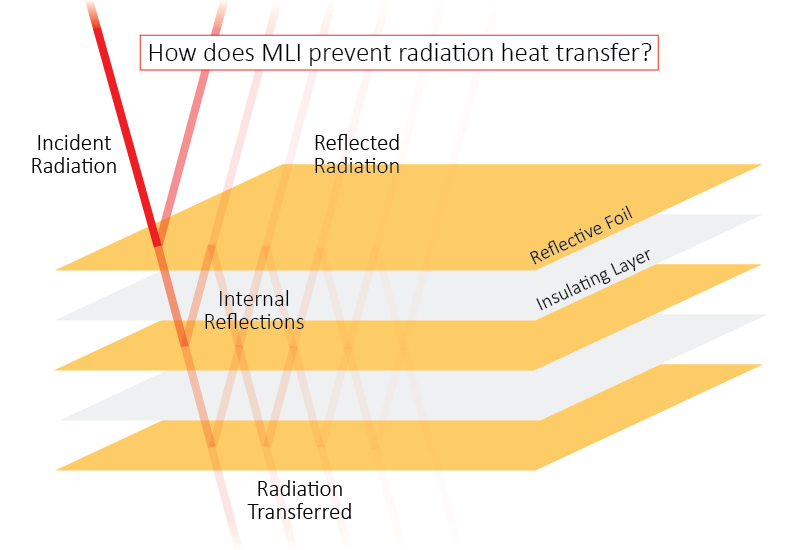
What makes our Vacuum Super Insulation different?
High-temperature multi-layer insulation
Because many vacuum systems encounter problems with contamination when taken to higher temperatures, multi-layer insulation has traditionally been limited to cryogenic applications. Our high-temperature MLI packages are different because they are contained within the vacuum annulus of Insulon® components. Insulon® vacuum spaces are able to perform in high-temperature environments without contamination issues and have a maximum operating temperature of 1000°C.
Ultra-thin profile
Insulon® components without MLI can be as thin as 0.25mm. We increase the width of the vacuum space to accommodate your desired amount of MLI, optimizing layer density to suit the needs of your application. Each additional layer reflects more radiant heat, resulting in increased thermal performance.
High layer density
Our high-density MLI can pack up to 18 layers/inch (7 layers/cm).

